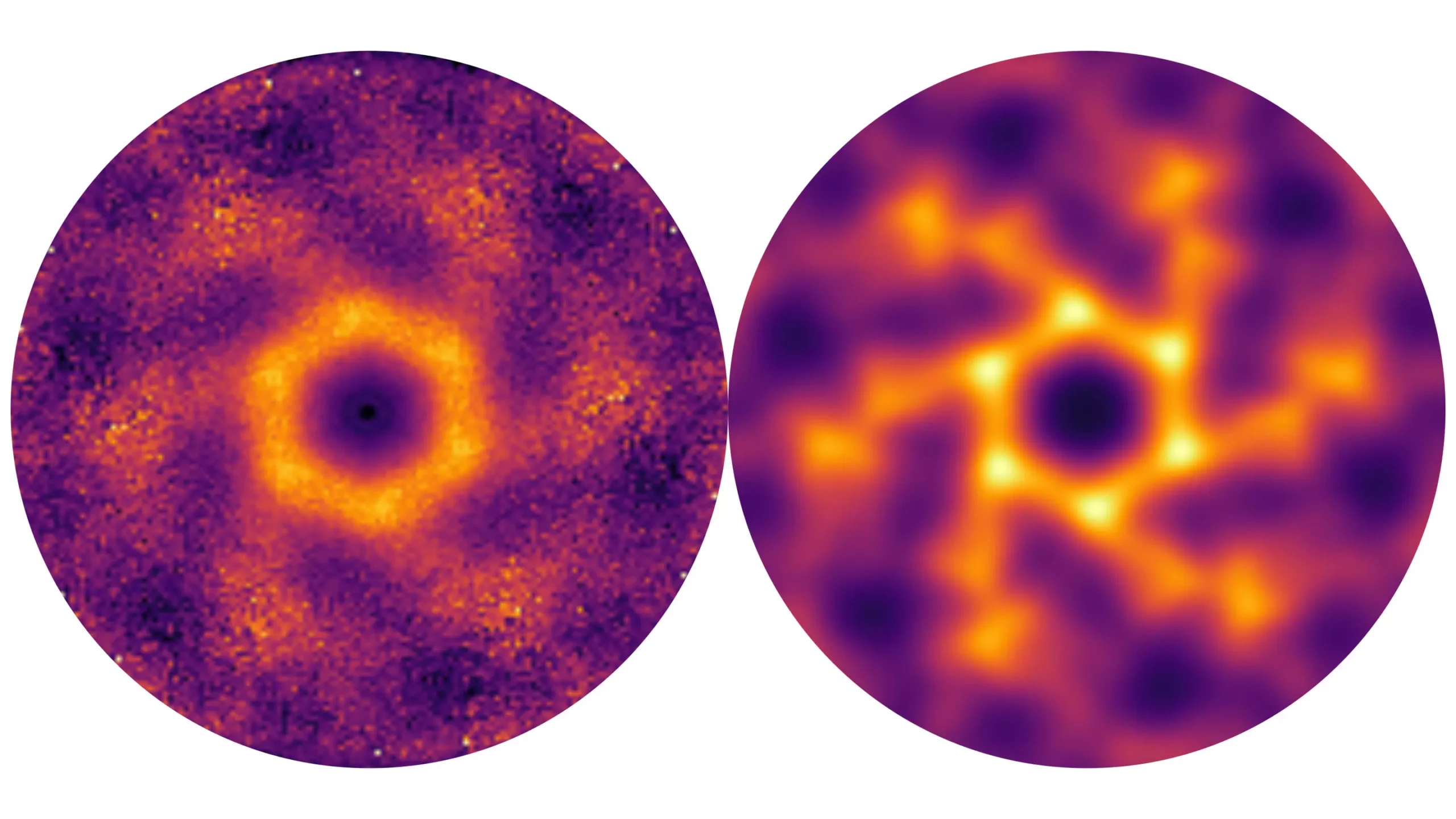Langbeinite family members have been found to exhibit a 3D quantum spin liquid behavior, characterized by a unique crystalline structure that induces extraordinary magnetic interactions leading to the formation of an island of liquidity. Through experiments conducted at the ISIS neutron source and theoretical modeling on a nickel-langbeinite sample, an international team was able to unveil this fascinating discovery.
Magnetic frustration arises when spins within a crystal lattice are unable to align to reach a state of minimum energy collectively. This phenomenon results in the continued fluctuation of spins in a disordered manner, even as the temperature approaches absolute zero, giving rise to a quantum spin liquid. Quantum spin liquids, such as the one observed in langbeinite materials, exhibit unique properties, including topologically protected phenomena that hold potential applications in the development of stable qubits for future quantum technologies.
Langbeinites, sulfate minerals that are rare in nature, offer a rich playground for the exploration of quantum behavior. By replacing specific elements within the sum formula, variations can be achieved that still fall under the langbeinite class of materials. Synthetic langbeinite crystals with the molecular formula K2Ni2(SO4)3 were synthesized for the purpose of this study, highlighting the pivotal role of nickel ions in creating the desired magnetic frustration and eventual formation of a quantum spin liquid.
The international collaboration led by Ivica Živković at the EPFL conducted magnetic fluctuation measurements at the British neutron source ISIS in Oxford, revealing the quantum spin liquid behavior of the langbeinite samples even at moderately low temperatures of 2 Kelvin. The theoretical analysis, spearheaded by HZB physicist Johannes Reuther and his team, successfully explained the experimental data using various theoretical methods. The identification of an ‘island of liquidity’ within a strongly frustrated tetratrillium lattice sheds light on the intricate nature of quantum spin liquids.
The study underscores the importance of exploring langbeinite-based materials for their potential quantum behavior. By synthesizing new representatives of this class of materials, researchers, such as the team led by HZB physicist Bella Lake, aim to further investigate and harness the unique properties of 3D quantum spin liquids. This research opens up new avenues for studying complex interactions and extending the frontier of quantum materials exploration.
The discovery of a 3D quantum spin liquid in langbeinite materials marks a significant milestone in the field of condensed matter physics. The intricate interplay of magnetic interactions, crystalline structure, and quantum behavior presented by these materials paves the way for future advancements in quantum technology and materials science. As researchers delve deeper into the properties of langbeinite-based 3D quantum spin liquids, the potential for innovative applications and discoveries in the realm of quantum phenomena continues to expand.


Leave a Reply